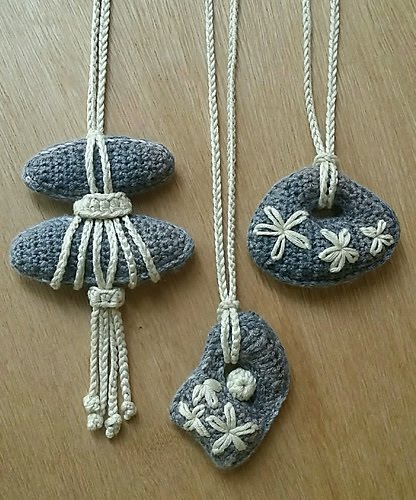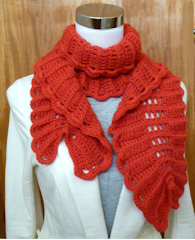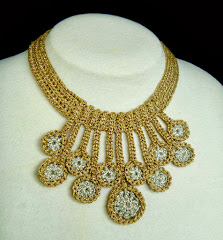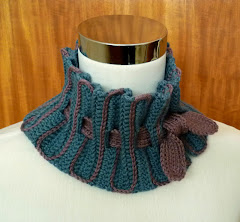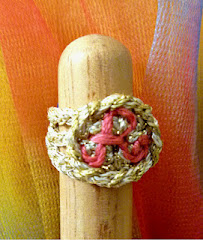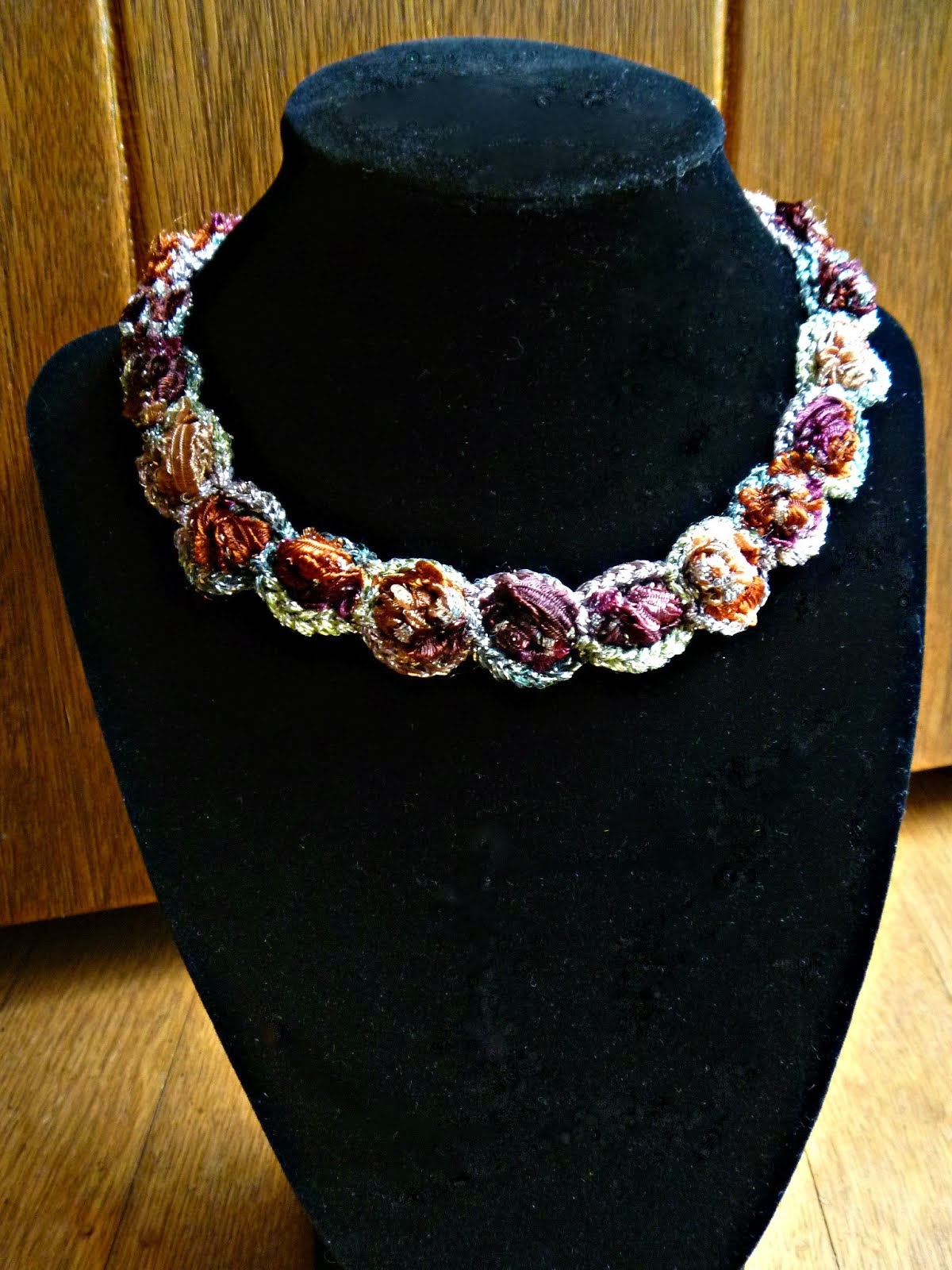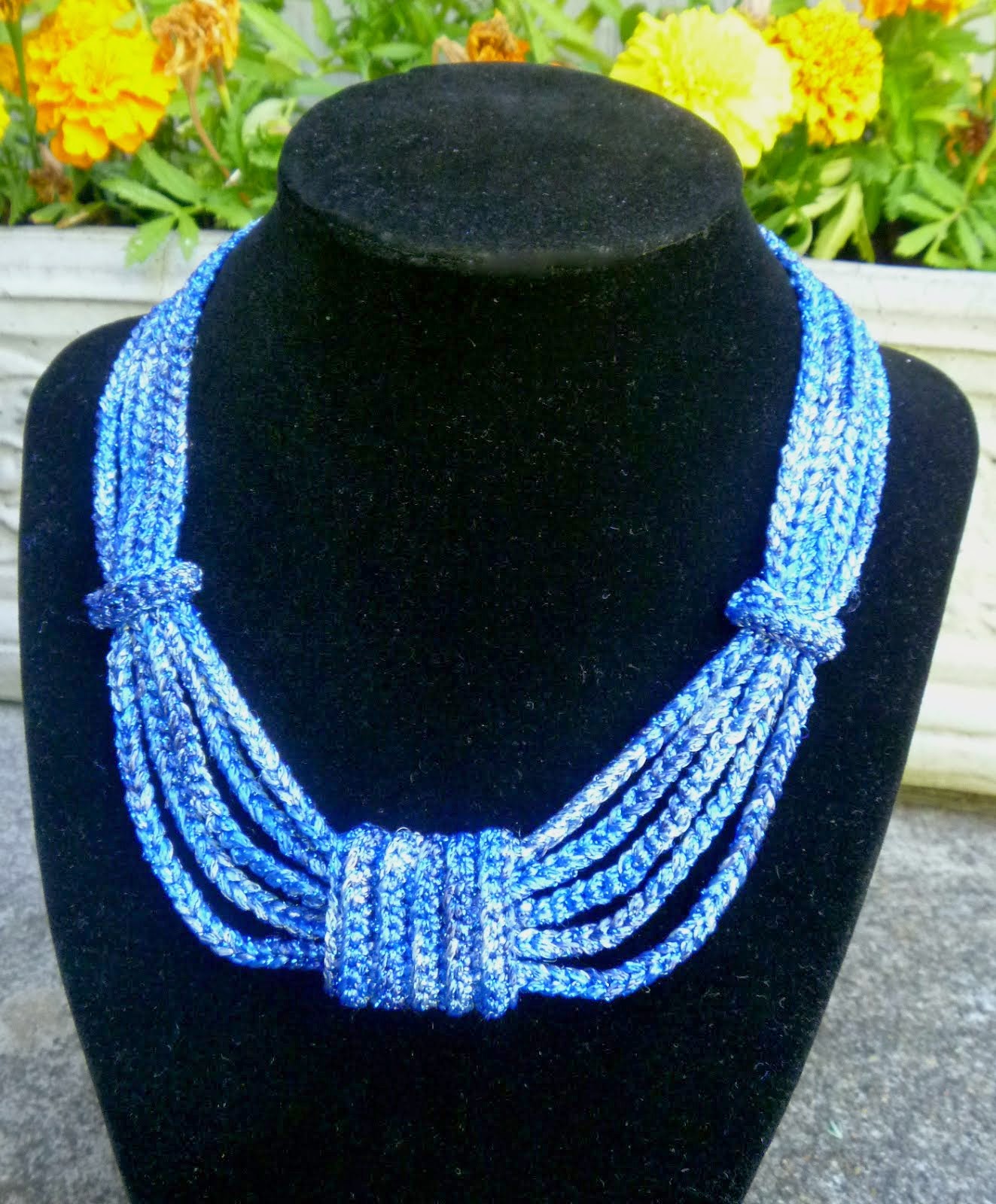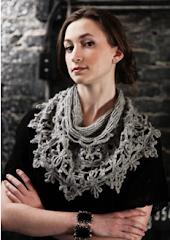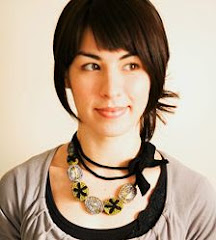I have talked a little bit about the
Weaving Stories exhibition, but I haven't shown you the focal point of the exhibition! We put together a 12 meter long panoramic woven wall installation that took us 425 collective hours to arrange and stitch, not to mention the 5 months of work to make all of the panels!]
 |
| Photo by Lesli Robertson |
We began planning the exhibition last December, and we sent out a call for submissions last May, asking for panels in these six themes: Modern Interpretations of
Sadu Weaving, Desert, Sea, Islamic Motifs, Traditional Kuwait, and Modern Kuwait. I made storyboards for each theme to inspire artists and makers. These storyboards were great conversation starters and led to many great creations! You will see many of these images translated in the wall.
The wall is made up of a total of 72 panels made by over 30 different artists and makers, and 10 of the panels were made by Fibers program students from the University of North Texas as part of a cultural exchange. They are students of our consultant to Weaving Stories, artist and professor
Lesli Robertson. The wall took the team a little over a month to put together and was exhibited for one week at
Al Shaheed Park.
We invited people to submit all types of techniques and we have a beautiful variety represented: crocheting, knitting, quilting, applique, macrame, fabric painting, and 3D printing.13 of the panels are crocheted! You can see each individual panel and its story on
the blog for the Weaving Stories Project.
We spent a lot of time arranging and rearranging the panels to make the most harmonious array and deciding what should be woven in between the panels. I even printed out miniature paper mock ups of the panels to help decide the best arrangement! Once we had everything decided, we set to work stitching the panels to the frames and weaving in twill tape and roving. Each end of these had to be hand stitched to the back of the frame. We had a team of volunteer stitchers helping us with this job to get it done in time for the exhibition!
 |
SADU
Photo by Tammy Asad |
We start off the tour of the wall with the Sadu section. We reserved the left for more traditional Sadu pieces, some with a modern twist, woven by Master Sadu Weaver Laila Yasser. For fun we also put the traditional old Kuwaiti Flag by Aiesha Khalid in this section to kick off this story of Kuwait! In the other half of the Sadu section, we included modern interpretations of Sadu weaving and designs. You will notice at the top right of each double frame, there is a macrame panel at the top right. We have a very talented macrame artist here in Kuwait, Marly Kamal Youssef, who created macrame interpretations of each theme! In the Modern Sadu section we also have 4 hand woven panels, 2 of which were created by University of North Texas students, and 1 that was created by a student of a Sadu Master Weaver. The panel of traditional tassels was a group collaboration!.We got together one Saturday morning at the Sadu House, and we were taught by a Master Weaver how to make the traditional tassels, then we set to work making as many as we could in the 3 hour session.
Now I will take you on a mini tour of the wall. Can you spot which pieces are crocheted?

DESERT
Photo by Tammy Asad
Next we move onto the desert, with 3 crocheted, 2 quilted, 1 knitted, 1 needlepoint & cross stitch, 1 applique, 1 hand painted with natural dyes, 1 tapestry weaving, and 1 macrame panel. I created the green panel with the national flower of Kuwait,
Arfaj, embroidered on it. I am planning a future blog post with more details about this panel.
 |
SEA
Photo by Tammy Asad |
This frame tells the story of the Kuwaiti Sea, with textural pieces representing water, sea life, a traditional boat (a dhow), and a macrame fish net. There are 3 crocheted, 2 knitted, 5 quilted, 1 woven, and 1 macrame panel. The freeform crochet sea life panel was also a group project! We gathered in 2 sessions to crochet shells and things under the sea, and then I assembled them all into one panel. The texture is wonderful, and I love that so many people worked on it together!
 |
ISLAMIC MOTIFS
Photo by Tammy Asad |
The Islamic panel was interesting to put together as we had many different interpretations of the them. We started out asking for motifs, but some artists wanted the theme to extend into architecture, and phases of the moon. In this section we have 3 quilted, 2 applique, 4 crocheted, 1 Sashiko embroidery, 2 woven, and 1 macrame panel.
 |
| TRADITIONAL KUWAITPhoto by Tammy Asad |
I think this panel a lot of fun! It illustrates traditional dress, architecture, music, dishes, camel trappings, baskets and henna. There are 3 quilted, 3 crochet, 2 knitted, 2 applique, 1 henna painting with embroidery, one leather work with buttons, and 1 macrame panel.
MODERN KUWAIT
Photo by Tammy Asad
The Modern Kuwait wall makes bold statements about the landmarks and architecture in Kuwait, with many tributes to our beloved Kuwait Towers as well as the Constitution Monument at Al Shaheed Park, and a piece depicting the precious oil underground! In this frame there are 2 crocheted, 4 quilted, 1 woven, 1 applique, 1 3D printed, and 1 macrame panel.
I love how the entire woven story looks from afar as well! I am so proud to have been in charge of this project, and can't wait until it finds its permanent home so that it can be enjoyed by visitors for years to come!
 |
| Read the Full Article here |




































